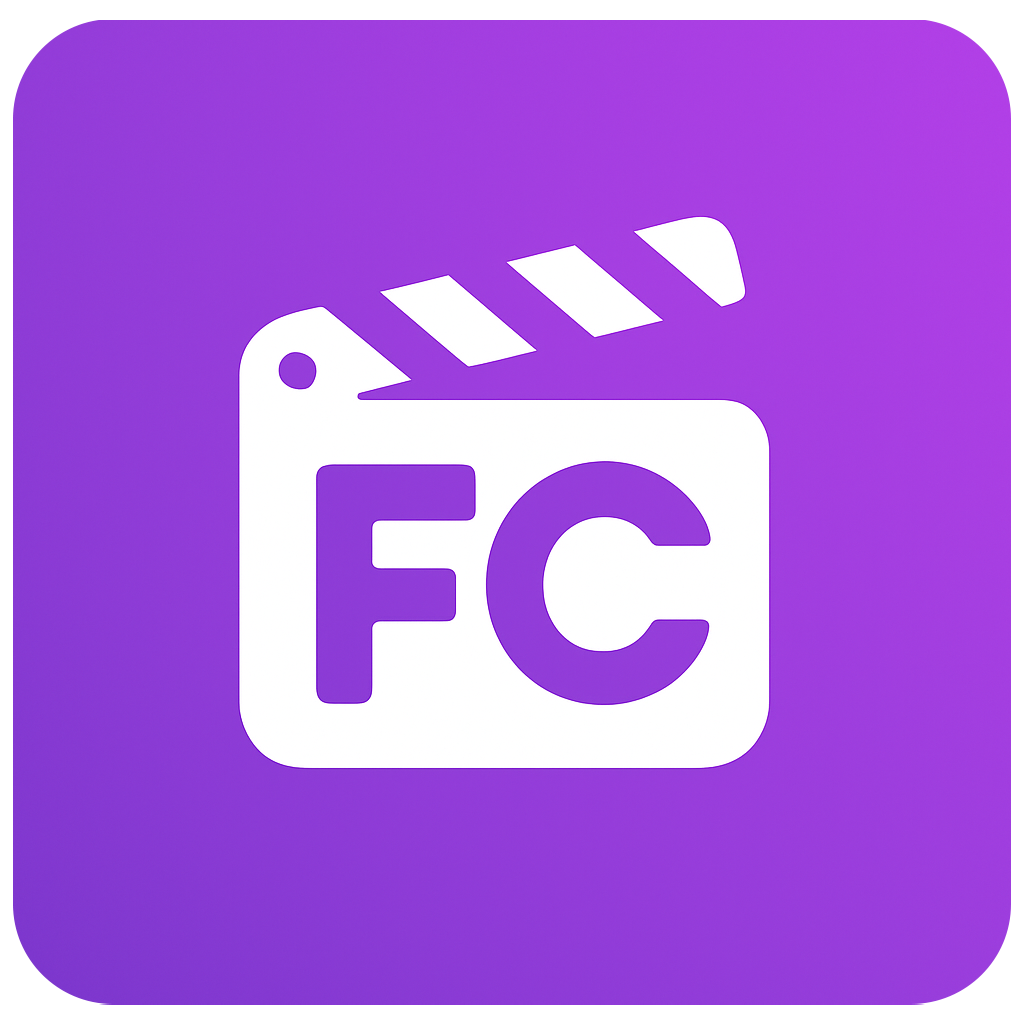Image Generation
Create original images, artwork, and graphics from simple text descriptions using state-of-the-art AI models.
Overview
Section titled “Overview”Image Generation is a foundational tool in Flarecut Studio that transforms your written ideas into visual content. Whether you need custom artwork, product mockups, or character designs, this tool provides unlimited creative possibilities through advanced AI models that understand and interpret natural language descriptions.
Key Capabilities
Section titled “Key Capabilities”- Text-to-Image Creation: Generate photorealistic images, artistic illustrations, and characters from detailed text prompts.
- Style Control: Fine-tune the aesthetic of your generations, from specific art styles (e.g., watercolor, digital art) and historical periods to cultural aesthetics like anime or realism.
- Advanced Parameters: Customize your images with precision by controlling aspect ratios, resolution, composition, and color schemes.
Supported AI Models
Section titled “Supported AI Models”Flarecut Studio offers access to a diverse and growing library of leading image generation models.
- Imagen 4 Preview
- Dreamina 3.1
- Nano Banana
- Seedream v4
- Wan 2.2 Image
- Imagen 4 Ultra
- Qwen Image
- FLUX Krea Dev
How to Use Image Generation
Section titled “How to Use Image Generation”Creating an AI image is a straightforward process:
- Select the Tool: From your project sidebar, choose Image Generation and select an AI model from the dropdown. Each model has unique strengths.
- Craft Your Prompt: Write a detailed description of the image you want. Be specific about the subject, setting, style, lighting, and composition for the best results.
- Example: “A majestic golden eagle soaring over snow-capped mountains at sunset, digital art style, warm lighting, cinematic composition”
- Configure Settings: Adjust parameters like aspect ratio and resolution to fit your project’s needs.
- Generate and Iterate: Click Generate. Your request will appear in the task tracker. Once complete, you can review the result, refine your prompt, or download the image.
Best Practices for Effective Prompts
Section titled “Best Practices for Effective Prompts”- Be Descriptive: Use rich, visual language. The more detail you provide about colors, textures, and mood, the better the result.
- Specify the Style: Mention artistic styles (e.g., “in the style of Van Gogh”), mediums (“oil painting”, “3D render”), or aesthetics to guide the AI.
- Iterate on Your Ideas: Don’t expect the perfect image on the first try. Use your initial results to refine your prompt and generate variations.
- Build a Workflow: Generate assets like characters and backgrounds first, then use them as a consistent base for more complex scenes or video animations.
Common Use Cases
Section titled “Common Use Cases”- Marketing and ad creative
- Social media content and blog illustrations
- Product mockups and concept art
- Character design and storyboarding
- Custom presentation graphics
Advanced Techniques
Section titled “Advanced Techniques”- Prompt Engineering: Use “negative prompts” to specify what you don’t want in the image. You can also “stack” styles by combining multiple artistic influences in your prompt.
- Batch Generation: Create multiple variations at once by slightly modifying prompts or generating different angles of the same subject to build a comprehensive asset library.
Next Steps
Section titled “Next Steps”- Enhance your new images with our Image Editing tools.
- Bring your images to life by animating them with Video Generation.
- Personalize characters by applying a Faceswap.
- Learn how to integrate images into a full project in our Workflows.
- Understand how generations impact your balance in our Credits Guide.
